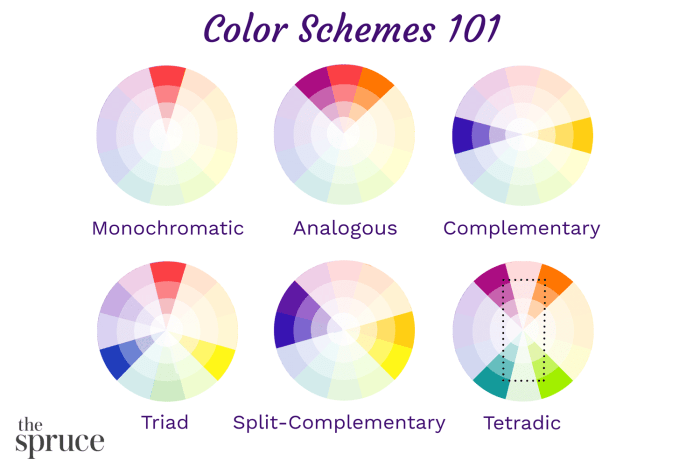Odorless is to fragrance as transparent is to clarity, an intriguing comparison that invites us to explore the fascinating world of sensory perception and visual aesthetics. Odorless substances lack the ability to emit a scent, while transparent materials allow light to pass through them without obstruction.
This fundamental distinction shapes their applications, psychological impact, and artistic expression.
From odorless paints used in fragrance-free environments to transparent architectural elements that enhance visual clarity, these properties play a significant role in various fields. By understanding the nature of odorless and transparent materials, we gain insights into the intricate interplay between our senses and the world around us.
Properties of Odorless and Transparent
Odorless substances lack any discernible scent. This absence of odor is attributed to their molecular structure. Odorless molecules typically have a low volatility, meaning they do not readily evaporate and release odor-causing particles into the air.
Transparent materials, on the other hand, are characterized by their lack of color and visibility. They allow light to pass through them without scattering or absorbing it. This transparency is due to the molecular structure of the material, which allows light waves to travel through without significant interference.
Molecular Structures
Odorless substances often have molecular structures that are nonpolar, meaning they do not have a net electrical charge. Nonpolar molecules do not interact strongly with odor receptors in the nose, which explains their lack of scent.
Transparent materials, in contrast, have molecular structures that are either amorphous or crystalline. Amorphous materials have a disordered molecular arrangement, while crystalline materials have a regular, ordered arrangement. Both types of structures allow light waves to pass through with minimal scattering or absorption.
Applications of Odorless and Transparent Materials

Odorless materials find applications in various industries, including healthcare, food processing, and manufacturing. They are used in products such as surgical gloves, food packaging, and cleanroom environments, where the absence of odor is crucial.
Transparent materials are widely used in architecture, engineering, and optics. They are employed in windows, lenses, and displays, where their ability to transmit light is essential.
Combined Properties, Odorless is to fragrance as transparent is to
Combining odorless and transparent properties can lead to unique and valuable applications. For instance, odorless and transparent coatings can be applied to medical devices to prevent the transmission of odors while allowing for clear visualization.
Sensory and Visual Perception

The absence of odor can significantly affect human perception. Odorless environments can create a sense of sterility or cleanliness, while environments with strong odors can evoke emotions or memories.
Transparency, on the other hand, enhances visual clarity by allowing light to pass through objects without distortion. It enables us to see through materials and observe objects that would otherwise be hidden.
Psychological Impact
Odorless and transparent environments can have a profound psychological impact. Odorless spaces can promote a sense of calm and relaxation, while transparent spaces can create a feeling of openness and connection.
Odorless and Transparent in Art and Design: Odorless Is To Fragrance As Transparent Is To

Odorless materials are employed in fragrance-free art installations to create immersive experiences that focus on visual and tactile elements.
Transparent elements are incorporated into architectural design to enhance natural light, create a sense of spaciousness, and provide views of the surrounding environment.
Aesthetic and Functional Considerations
Combining odorless and transparent qualities in art and design can lead to innovative and aesthetically pleasing creations. These qualities can enhance the visual appeal of objects while also serving functional purposes.
Technological Advancements

Recent advancements have led to the development of highly odorless materials with improved performance. These materials utilize advanced chemical formulations and manufacturing techniques to minimize odor emissions.
Transparent materials have also seen significant advancements, with the development of materials that offer enhanced transparency, durability, and optical properties.
Future Applications
Future applications of odorless and transparent technologies include:
- Odorless and transparent medical implants for improved patient comfort and visibility.
- Transparent electronics for flexible and wearable devices.
- Odorless and transparent coatings for self-cleaning surfaces.
Commonly Asked Questions
What are the key differences between odorless and transparent substances?
Odorless substances lack the ability to emit a scent, while transparent materials allow light to pass through them without obstruction.
How do odorless and transparent properties impact human perception?
The absence of odor can affect our sense of smell and create a more neutral sensory experience, while transparency enhances visual clarity and allows for unobstructed views.
What are some examples of applications for odorless and transparent materials?
Odorless materials are used in fragrance-free environments such as hospitals and libraries, while transparent materials find applications in architecture, optics, and display technologies.